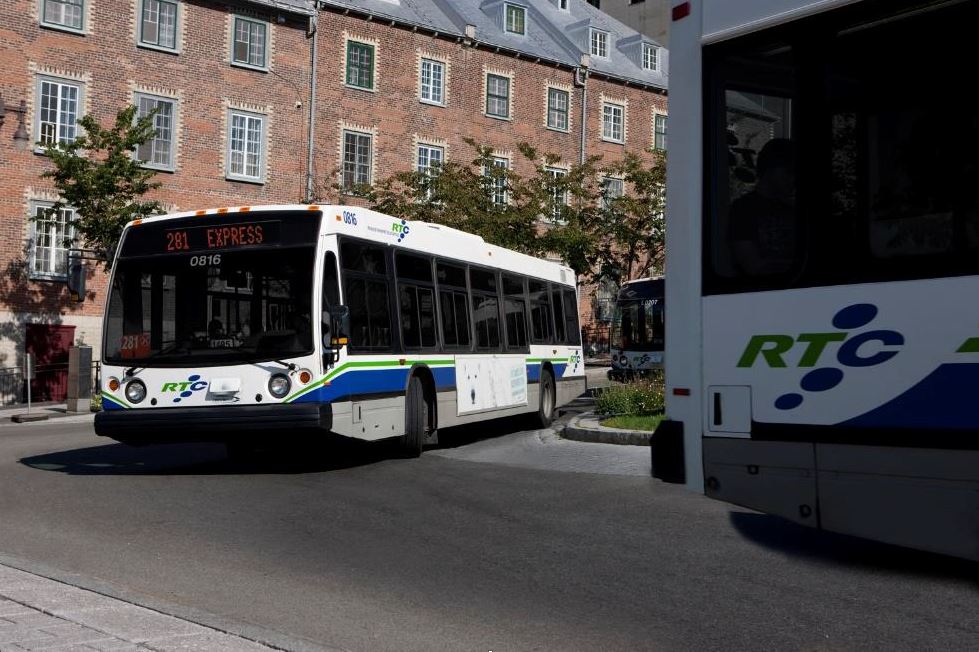
Back in 2012, the Réseau de transport de la Capitale (RTC), Transit authority for the Capital city of Quebec, started the installation of their brand new Intelligent Transportation System (ITS) and Computer Aided Dispatch / Automatic Vehicle Location (CAD/AVL), named Nomade temps réel.
Since the end of the deployment until today, the Planning Department of the RTC has gained access to thousands of data produced by the Nomade system along each route, stored in the historical database and turned into actionable information RTC can use. Thanks to a fine analysis of those data, the RTC has been able to identify gaps between what was originally scheduled, and what was actually happening on the field.
Results
By analyzing data gathered on their 135 bus routes, the RTC has been able to save 20,000 hours of productive services per year on its routes’ scheduled time.
“We have been able to identify the routes where the scheduled time was overvalued, or on the contrary undervalued, which resulted in a gain of hours we reinvested into our services” said Luc Samson, coordinator in the RTC’s Planning Department.
The RTC reallocated those hours on other productive services, resulting in higher frequency and an improvement of the quality of services they offer to its customers in the Québec City area.
What’s next for the RTC
In the future, the RTC will continue the analysis of the data produced by the Nomade system to optimize its dead run trip, which is an important part of each service. The aim is to make sure that the drivers are on routes and not losing time before starting their trip. Another project consists of getting dashboard from the CAD/AVL to identify schedule issues before the drivers report them, which will help the RTC to tune their schedules more efficiently and rapidly.
The system allowed the RTC to take decisions based on a greater quantity of data and information compared to when they didn’t have Nomade.
“The monitoring of the quality of services given to our customers has been improved, and it allows us to better react, which leads to a long-term improvement of our services” conclude Luc Samson.
